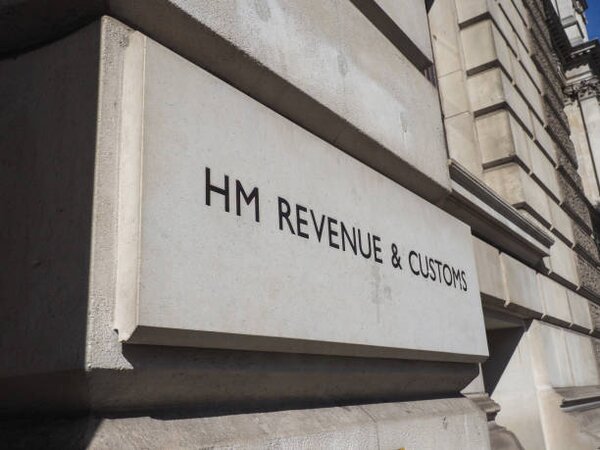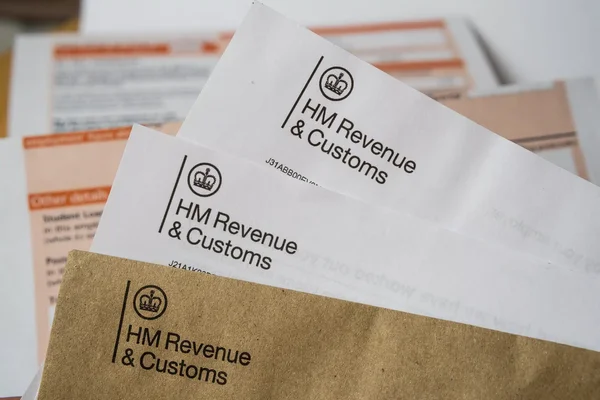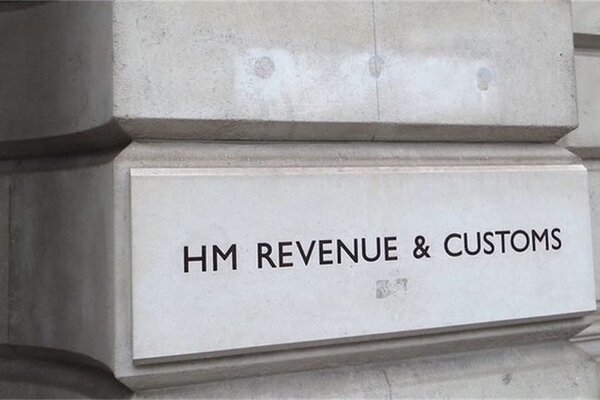
In April 2025, UK businesses are confronting significant financial pressures due to a government-mandated increase in Employer National Insurance Contributions (NICs).
This policy change, announced in the October 2024 budget by Chancellor Rachel Reeves, raises the Employer NIC rate from 13.8% to 15% and lowers the threshold for contributions from £9,100 to £5,000. These adjustments are poised to substantially elevate employment costs, compelling businesses to reassess their financial and staffing strategies.
Details of the NICs Increase
Effective from April 6, 2025, the Employer NIC rate has risen by 1.2 percentage points to 15%.Concurrently, the earnings threshold at which employers begin to pay NICs has been reduced from £9,100 to £5,000.This dual change means that a larger portion of employee salaries is now subject to higher NIC rates, leading to increased financial obligations for employers.
Financial Impact on Businesses
The combined effect of the increased rate and lowered threshold translates to a notable rise in employment costs.For instance, with the average UK salary at approximately £36,000, employers now face an additional £937.80 in NICs per employee annually, representing an increase from 10.31% to 12.92% of the salary.For a company with 10 employees, this results in nearly £9,400 in extra annual costs.
Impact on Hiring and Workforce Management
The escalation in employment costs has prompted many businesses to reconsider their hiring plans and workforce structures. A survey by the British Chamber of Commerce revealed that 58% of businesses anticipate the NIC increase will negatively affect recruitment efforts. Additionally, 54% of firms expect to raise prices to offset the additional costs, potentially impacting their competitiveness in the market.

Broader Economic Implications
The NICs hike occurs alongside other financial pressures, such as a 6.7% increase in the National Minimum Wage to £12.21 per hour, further amplifying labor costs.These compounded expenses may lead businesses to explore cost-cutting measures, including potential job reductions or restructuring, to maintain financial stability.
Government Measures and Business Responses
To mitigate the impact on smaller enterprises, the government has increased the Employment Allowance from £5,000 to £10,500, allowing eligible businesses to offset their NIC liabilities. Despite this relief, many companies are still grappling with the overall rise in employment costs. Some are considering adjustments to employee benefits or pension contributions as strategies to manage the financial burden
Looking Ahead
As UK businesses navigate these changes, strategic planning and proactive adjustments are essential to sustain operations and workforce morale. Companies may need to invest in automation, reevaluate workforce structures, or implement flexible working arrangements to adapt to the evolving economic landscape. Continuous dialogue with policymakers and industry groups will also be crucial in advocating for supportive measures and addressing ongoing challenges.

Fun Fact
The concept of National Insurance in the UK dates back to 1911, initially introduced to provide workers with insurance against illness and unemployment.
Over the years, it has evolved to fund various social welfare programs, including the National Health Service (NHS). This historical foundation underscores the enduring significance of NICs in supporting the UK's social safety net.
Conclusion
The recent increase in Employer NICs presents a substantial challenge for UK businesses, adding to existing financial pressures from wage hikes and other operational costs. While government measures like the enhanced Employment Allowance offer some relief, companies must proactively adapt their strategies to navigate this evolving landscape. By exploring innovative workforce solutions, engaging with policymakers, and implementing prudent financial management practices, businesses can work towards sustaining growth and competitiveness in the face of these economic shifts.
Frequently Asked Questions
What is the new Employer NIC rate as of April 2025?
The Employer NIC rate increased from 13.8% to 15% on April 6, 2025.
How has the NIC threshold changed?
The threshold for Employer NIC contributions was lowered from £9,100 to £5,000, meaning employers pay NICs on a larger portion of employee earnings.
Are there any sectors more affected by the NICs increase than others?
Labour-intensive industries like hospitality, retail, and care services are particularly vulnerable, as staffing makes up a significant portion of their operating costs. These sectors may struggle to absorb the NICs increase without raising prices or reducing staff numbers.
Will the NICs rise impact employee salaries or job security?
While the NIC increase is paid by employers, it could indirectly affect employees. Businesses facing financial pressure may pause pay rises, reduce benefits, or even restructure roles. Some firms may also delay hiring or reduce hours to manage costs more effectively.
How will the NICs hike affect small businesses specifically?
While all employers face higher costs, small businesses may be hit harder due to tighter margins. The increase in the Employment Allowance to £10,500 offers some relief, but many small firms still face tough decisions around staffing, pricing, and investment to absorb the extra costs.











